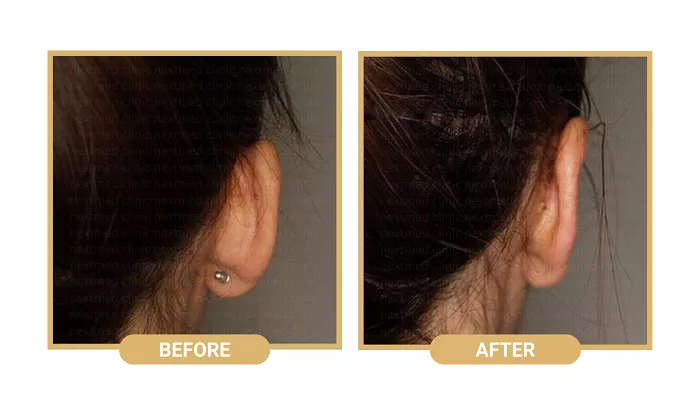Prominent or misshapen ears can affect self-confidence and overall facial harmony. Otoplasty, commonly known as ear surgery, offers solutions to reshape and reposition the ears. There are two primary approaches: traditional otoplasty and incisionless otoplasty. Understanding the differences between these methods can help individuals make informed decisions about their aesthetic goals.
What is Otoplasty?
Otoplasty is a cosmetic surgical procedure aimed at altering the shape, position, or size of the ears. It’s often sought by individuals with protruding ears or those dissatisfied with their ear appearance.
Traditional Otoplasty
Traditional otoplasty involves making incisions, typically behind the ear, to access and reshape the cartilage. The surgeon may remove or fold cartilage to achieve the desired contour, securing it with sutures. This method allows for significant correction and is suitable for various ear deformities.
Incisionless Otoplasty
Incisionless otoplasty, as the name suggests, avoids large incisions. Instead, it utilizes needles to place permanent sutures that reshape the ear cartilage without cutting the skin. This minimally invasive technique is ideal for patients seeking minor corrections with reduced recovery time.
Key Differences Between the Two Methods
Surgical Approach
- Traditional Otoplasty: Involves incisions and direct manipulation of ear cartilage.
- Incisionless Otoplasty: Uses needle punctures to place sutures, avoiding large cuts.
Recovery Time
- Traditional Otoplasty: Longer recovery due to the invasive nature of the procedure.
- Incisionless Otoplasty: Shorter recovery with minimal discomfort and swelling.
Scarring
- Traditional Otoplasty: Potential for visible scars, though often hidden behind the ear.
- Incisionless Otoplasty: Minimal to no scarring due to the absence of large incisions.
Suitability
- Traditional Otoplasty: Suitable for a wide range of ear deformities and significant corrections.
- Incisionless Otoplasty: Best for minor adjustments and patients seeking less invasive options.
Making the Right Choice
Choosing between traditional and incisionless otoplasty depends on individual needs, the extent of correction required, and personal preferences regarding recovery and invasiveness. Consulting with a qualified plastic surgeon can provide personalized recommendations.
Conclusion
Both traditional and incisionless otoplasty offer effective solutions for reshaping the ears. Understanding the differences in approach, recovery, and outcomes can guide individuals in selecting the method that aligns with their aesthetic goals and lifestyle.
Related topics:


